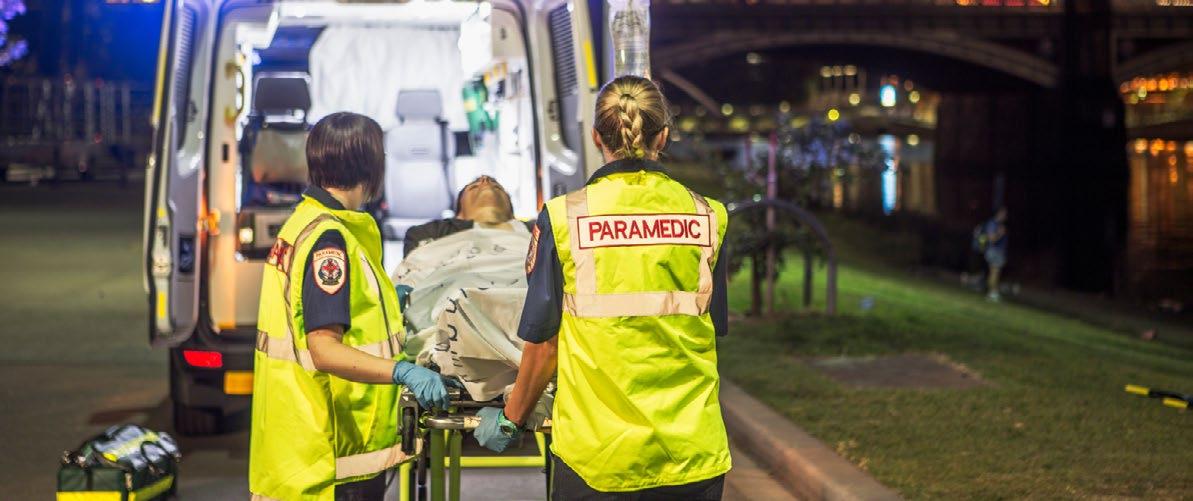
4 minute read
Social Connection and Resilience
Social connection is the key to a happy life. How do we know this?
The longest running study on life satisfaction tells us so. In 1938, researchers at Harvard University began a study that has continued to this day. What the researchers found was clear. Whether you grew up in poverty or came from a privileged background, the key to a happy, healthy and fulfilling life was connection to others.
We are wired for social connection
These findings make perfect sense when you think about how we evolved as humans. Our brains, bodies and emotions were shaped over many thousands of years living in small tribal groups in hostile environments. For our ancestors, social isolation from the tribe meant almost certain death. Our survival depended on forming longlasting social bonds.
So if having good social connections is tied to greater emotional and physical wellbeing, it’s not surprising that social relationships are also important when it comes to resilience, because they help to reduce stress and suffering in a number of ways.
How does social connection increase resilience?
Researchers generally agree that resilience involves our capacity to cope and bounce back from challenges. It is our ability to bend, not break under stress. However, most definitions of resilience focus on the individual and fail to acknowledge how individuals are embedded in social networks.
Physiological responses to stress
The effects of social connection are reflected in how our bodies respond to stress. Whenever we perceive a threat – which can be anything from physical danger to social embarrassment to financial trouble – our nervous system springs into action, setting off a cascade of bodily reactions. These fight or flight reactions, although designed to help us respond to danger, are often uncomfortable and part of what we experience as stress.
Social connection helps to tamp down the stress response. When we feel that we have social support, we are physiologically much more at ease. The presence of supportive others during stressful events activates a physically felt sense of reassurance and is a direct antidote to stress in the body.
So, our social connections help us to recover from stress more quickly and effectively while also providing some protection against the wear and tear on our minds and bodies that comes from regular exposure to stressful events.
Social connection and first responder resilience
Beyond Blue’s national survey of the mental health and wellbeing of first responders in Australia found that social support had the strongest relationship to resilience. In other studies, researchers found that a sense of belonging was associated with lower distress and protective against developing Post Traumatic Stress Disorder after trauma.
Promoting social connection for first responder family resilience
Social connection is at the core of what we do at Fortem.
Fortem’s programs harness the natural building blocks of resilience. They are not just inclusive of families, but family focused. We aim to strengthen the connections both within and between first responder families, building networks of support that act as a container for the challenges that everyone in the first responder community experiences.
Fortem’s model of care differs from traditional mental health services as it emphasises supporting participants to make early and accessible investments in their wellbeing. It focuses on building resilience and facilitating early intervention rather than solely responding to ill-health, both of which can contribute to sustainability in the first responder workforce.
Conclusion
Social connection means having people around you that you feel are part of your life and you feel part of theirs. It involves a sense of belonging and being part of something bigger than you. It involves having people that you can share your joy with, and who you can turn to for support when you’re in trouble.
We are not made to survive alone. As the first responder community continues to face unprecedented disaster events along with the inherent challenges of serving the community; now more than ever, it is not about survival of the fittest, but survival of the connected.










